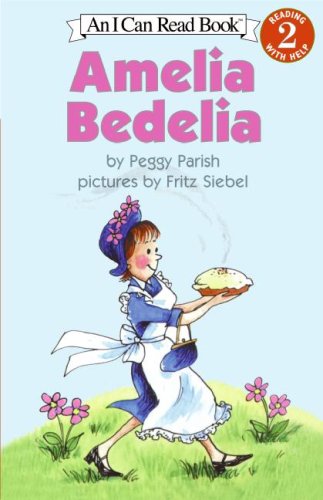
Text features are parts of text that draw your attention to important information. Some examples of text features include Headings, Photographs, Captions, Print Styles, Illustrations, Charts, and Diagrams. Text features help readers to
understand the important parts of the text. They also can help readers to make predictions and set a purpose for reading.
To kick off our unit on text features we introduced different types of text features using posters like the "Captions" and "Diagrams" examples above. After introducing each text feature, the students hunted for the text feature in their Science and Social Studies textbooks. We quickly learned how to identify different types of text features.
We then created a Text Feature Wall, the students worked in groups to find the very best examples of each text feature from various non-fiction magazines. We discussed each text feature and how it was used in the text and then we organized the text features on our Text Feature Wall.

As we read about the Neighbors of the United States in Social Studies, we continued to identify and label the text features in each chapter. We discussed why the authors decided to use the text feature and what was its purpose. For example, a map may help us to learn where things are located or it may help us to understand specific information about a region.
After the students were familiar with text features and their purposes, we used
textmapping to help us make
predictions and
set a purpose for reading. Before reading the next chapter in our Social Studies text, we made copies of the chapter and pasted the pages in order on a long scroll. Then the students worked in groups to identify each text feature using a textmapping key.
After identifying each text features, the groups labeled their purpose. It was challenging for the students, but we encouraged them to be specific (ie. not to write the purpose of a map, but to write the purpose of the specific map in that chapter).
Once the scrolls were complete the students could "read" the text features to learn about the content in the chapter. The students were impressed with how much you can learn just from "reading" the text features! We were also able to make a lot of predictions about the chapter before we even read it.
Text features have become part of our daily discussions in Reading, Science, and Social Studies. I love it when the students refer to a chart, sidebar, or any other feature to provide evidence to their conclusions!
































